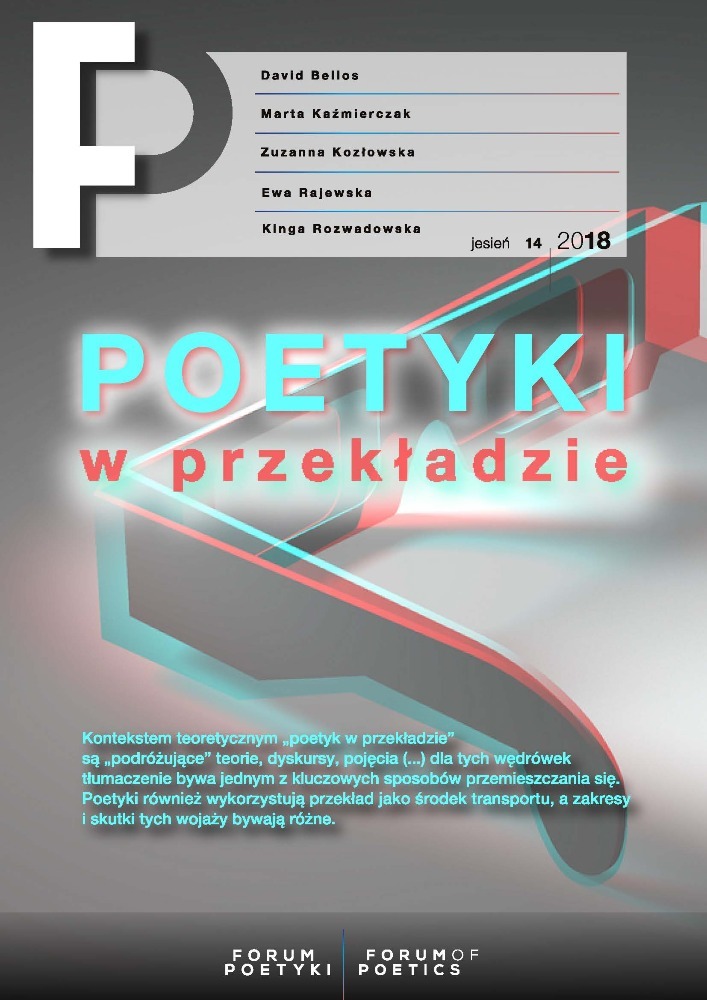Abstrakt
Artykuł przedstawia zagadnienie tzw. uniwersaliów przekładowych, które pojawiło się w związku z rozwojem lingwistyki korpusowej. Wysunięta przez Monę Baker hipoteza o istnieniu takich uniwersaliów wywołuje kontrowersje wśród badaczy zjawisk przekładowych, co również zostało w artykule pokrótce zreferowane.
Bibliografia
Baker, Mona, red. Routledge Encyclopedia of Translation Studies. 3. wyd. Routledge, 2003.
Chesterman, Andrew. „Beyond the Particular”. W Translation Universals: Do They Exist?, zredagowane przez Anna Mauranen i Pekka Kujamäki. Amsterdam; Philadelphia: J. Benjamins Pub. Co., 2004. http://site.ebrary.com/id/10052859.
Gumul, Ewa. Explicitation in simultaneous interpreting: a study into explicitating behaviour of trainee interpreters. Katowice: Wydawnictwo Uniwersytetu Śląskiego, 2017.
Mauranen, Anna, i Pekka Kujamäki, red. Translation Universals: Do They Exist? Amsterdam; Philadelphia: J. Benjamins Pub. Co., 2004. http://site.ebrary.com/id/10052859.
Rybicki, Jan. „Original, Translation, Inflation. Are All Translations Longer than Their Originals?” W Digital Humanities, 363–364. Office for Humanities Communication and Centre for Computing in the Humanities, 2010. http://dh2010.cch.kcl.ac.uk/academic-programme/abstracts/papers/html/ab-841.html
Licencja
Za prawa cytowania fragmentów innych publikacji (tekstów, tabel, rycin oraz ilustracji) odpowiedzialni są autorzy artykułu.

